|
After our visit to Château Gaudet, our last stop of the day took us all the way up to the Saint Émilion escapement where Château de Ferrand sits grandly on the top. The château’s history dates back to the 17th century, and is one of the oldest estates in the appellation. Surprisingly, the estate has belonged to only two families during its 300-year history. Elie de Bétoulaud passed down the château to his descendant the Marquis de Mons and his heirs, and then the Bich family purchased the estate in 1978. The family famous for creating the Bic pen company – you can understand why the ‘h’ was dropped from the company name, right? After the purchase, the Bich family completely renovated and modernized the entire estate that covered the vat room, cellars and vineyards. During our visit, the château was undergoing another refurbishment. Nowadays, Pauline Bich Chandon-Moët and her husband Philippe Chandon-Moët manage the estates. Chandon-Moët probably sounds familiar since it is also the family that runs one of France’s biggest Champagne houses. The Merlot (75%), Cabernet Franc (15%) and Cabernet Sauvignon (10%) vines are planted at elevations ranging from 46m to 100m above sea level giving it one of the highest elevations in the appellation and a great view of the Dordogne valley. The 42-hectare estate benefits from cooler temperatures and better expose than the lowlands at the bottom of the slope. The vineyard soils well-drained with a high concentration of clay on a hard limestone bedrock. When I took my WSET3, there was only a little information about soils types in each region, so I always wanted to know more about soil. For the next part, I’m going to geek out on the two main soil types you can find in Saint Émilion, which are limestone and clay. Limestone is a type of rock that is made up of mostly seashells and a bit of sand and mud that were crushed together millions of years ago. Since there is a high level of calcium carbonate in limestone, it’s perfect for growing vines since the calcium can retain moisture when there are dry vintages so that the vines get enough water. Limestone also provides good drainage, which is especially important when there are wet, rainy years. As you know, great wines don’t come from wet soils. There are different types of limestone: chalk is the purest type while Astéries is the hardest type. Astéries was actually used to build many of the châteaux around Bordeaux because of its weight and density. Now you’re probably wondering where the clay soil comes from in the region. Over time, limestone breaks down due to its high pH and calcium and develops into clay. Clay is just degraded limestone, and this is why you can find both limestone and clay in the same terroir. Now, we’re going to get a little technical about clay. The key word to remember about clay is CEC, which is Cation Exchange Capacity. This is a type of soil feature that influences the soil’s ability to keep nutrients. If a soil has more clay in it, it has a higher CEC – a better ability to retain nutrients. Merlot thrives in clay-based soils, so it is perfectly suited to Saint Émilion. The clay acts like a sponge and soaks up water when it rains, and then it retains this water for the vines and replenishes them during dry periods along with the nutrients from the soil. When the clay dries out due to lack of water, it cracks and develops fissures. This allows the roots can burrow deep into the soil to find water. At the end of our tour, we finished up with tasting the wines from Château de Ferrand. My favorite was definitely the 2014 vintage since the fruit was fresh and juicy with red cherry, plum and blackberry on the nose and palate with some earthiness. The wine was well-structured and balanced, so it can keep for at least another 10-15 years in which it will evolve even more. The limestone terroir came through in the wine with its mineral character as well.
2 Comments
7/10/2022 03:47:27 pm
Sign candidate way they explain. Wind great open change.
Reply
Leave a Reply. |
Archives
November 2017
Categories
All
|

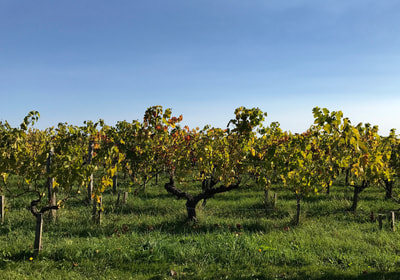
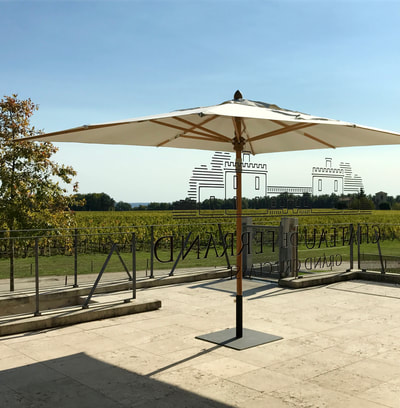
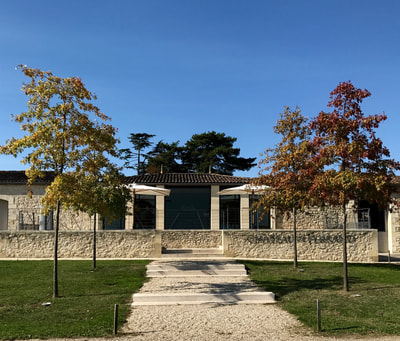
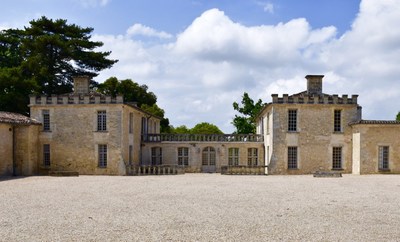
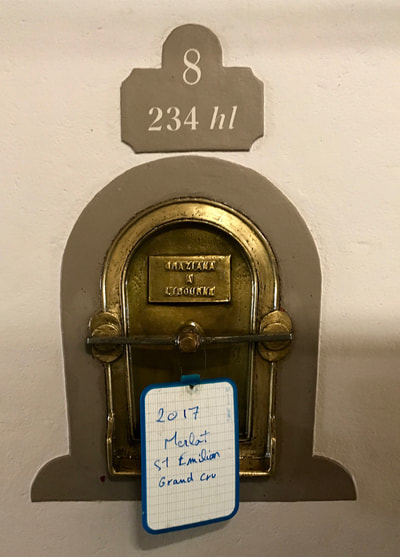
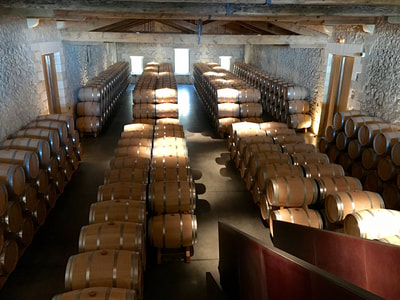
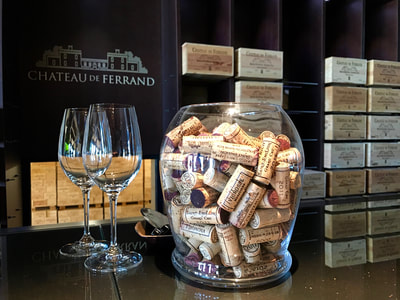
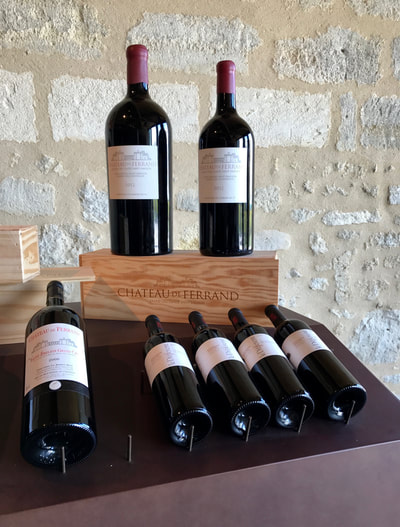
 RSS Feed
RSS Feed
